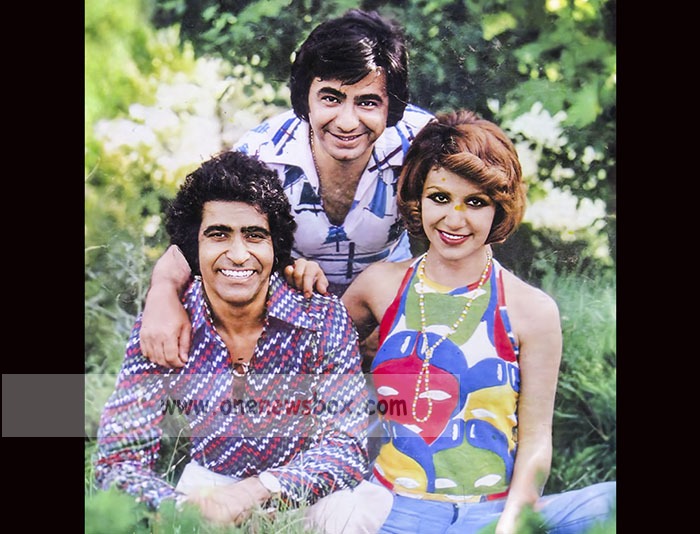At the same time, Aghili balanced his musical career with more practical employment. In 1960, he began working as an expert for the Ministry of Cooperatives, a position he held until shortly before his emigration. This dual identity—as both a professional with a stable career and as a musician—mirrored the lives of many Iranian artists of the era, who often had to secure financial stability outside the arts while pursuing their creative passions.
Life in Iran Before the Revolution
Through the 1960s and 1970s, Aghili became part of the vibrant Iranian cultural scene. This was a period when the Iranian monarchy under Mohammad Reza Shah promoted modernization and cultural expansion. Music, cinema, and television thrived, with artists enjoying increased exposure.
Aghili remained committed to classical and traditional styles at a time when pop and Western-influenced music were gaining prominence. While singers like Googoosh and Dariush defined the youth-oriented popular music of the 1970s, Aghili appealed to audiences who valued refinement and tradition. His performances often included settings of classical Persian poetry, particularly from Hafez, Saadi, and Rumi.
By the mid-1970s, his reputation was firmly established. He was admired for his authentic style, a counterpoint to the pop wave that dominated Tehran nightclubs and radio stations. His audience included intellectuals, academics, and traditional families who appreciated music as an extension of Persian cultural identity.

